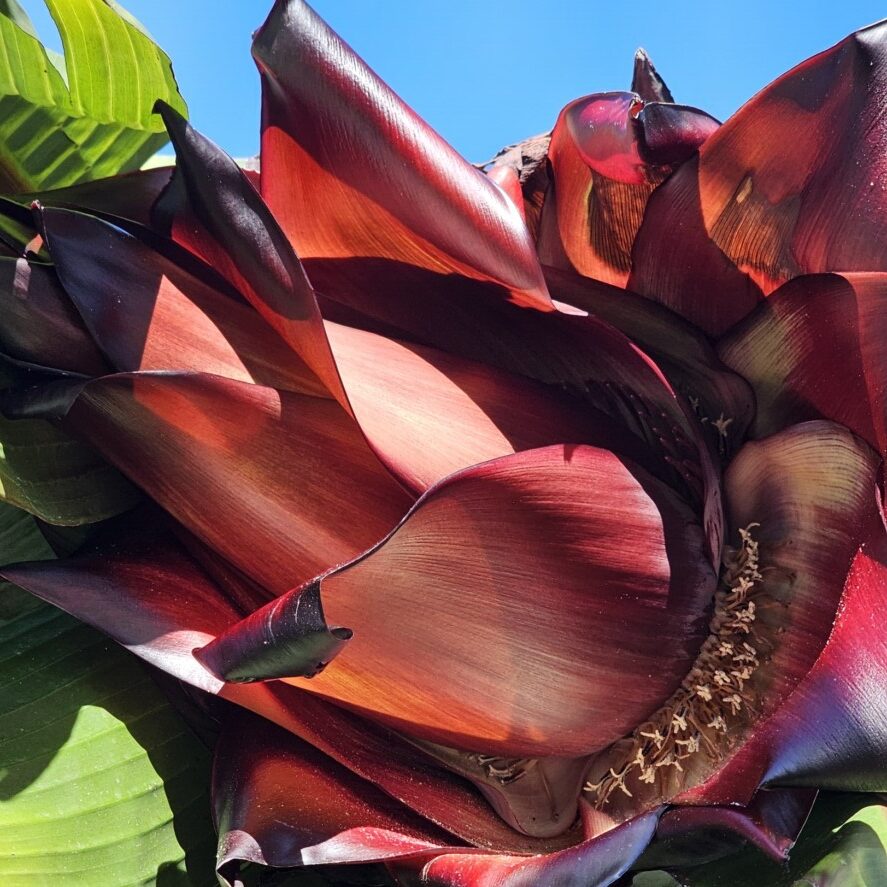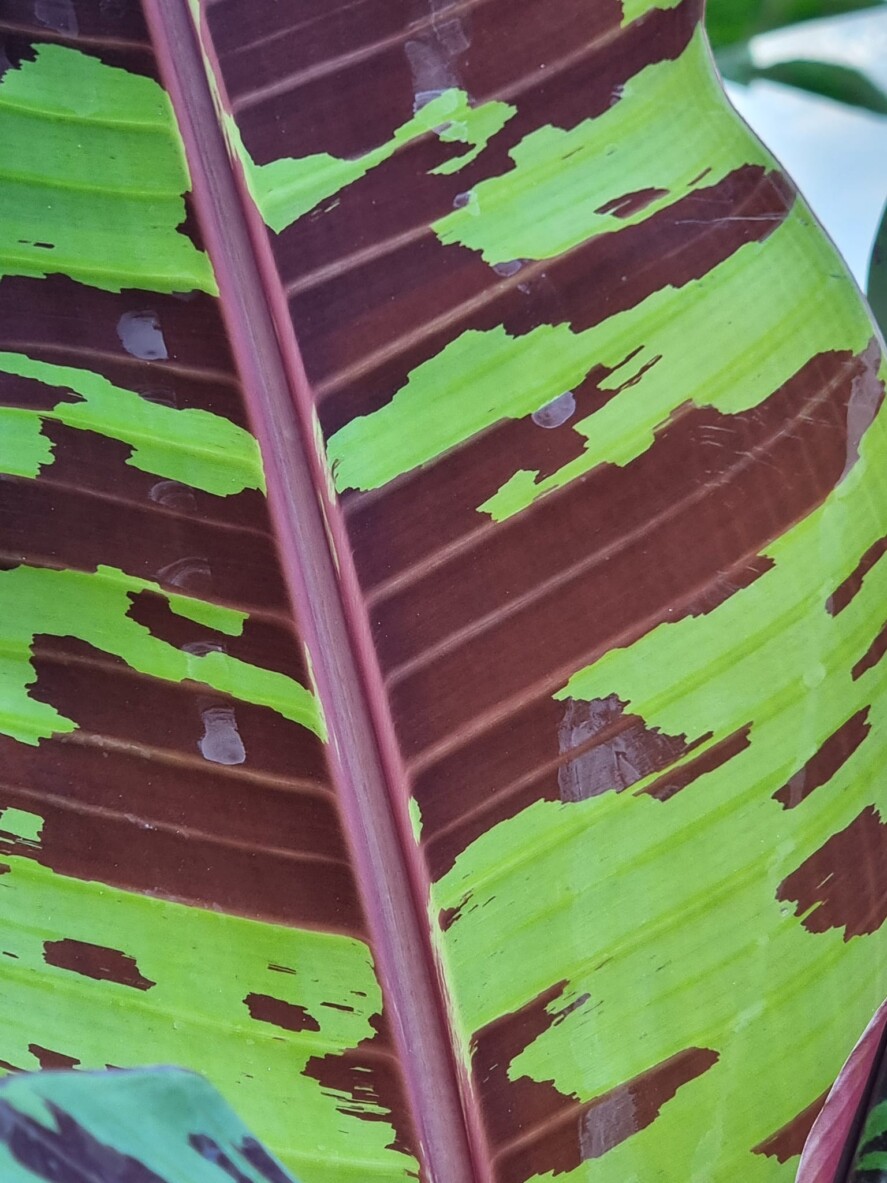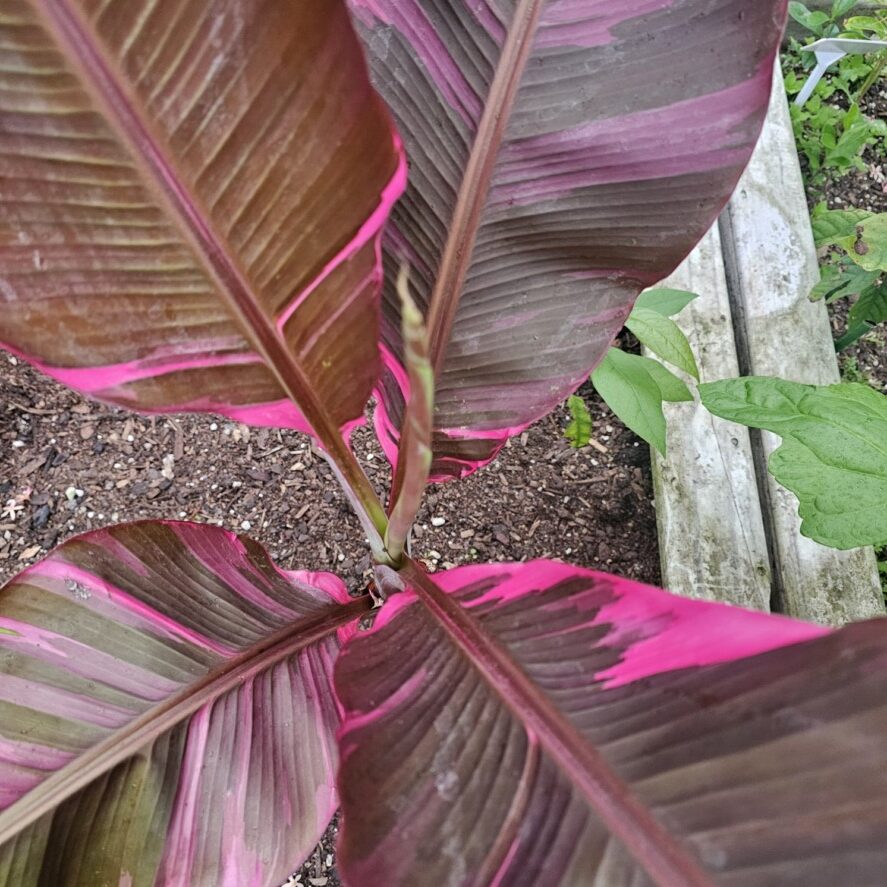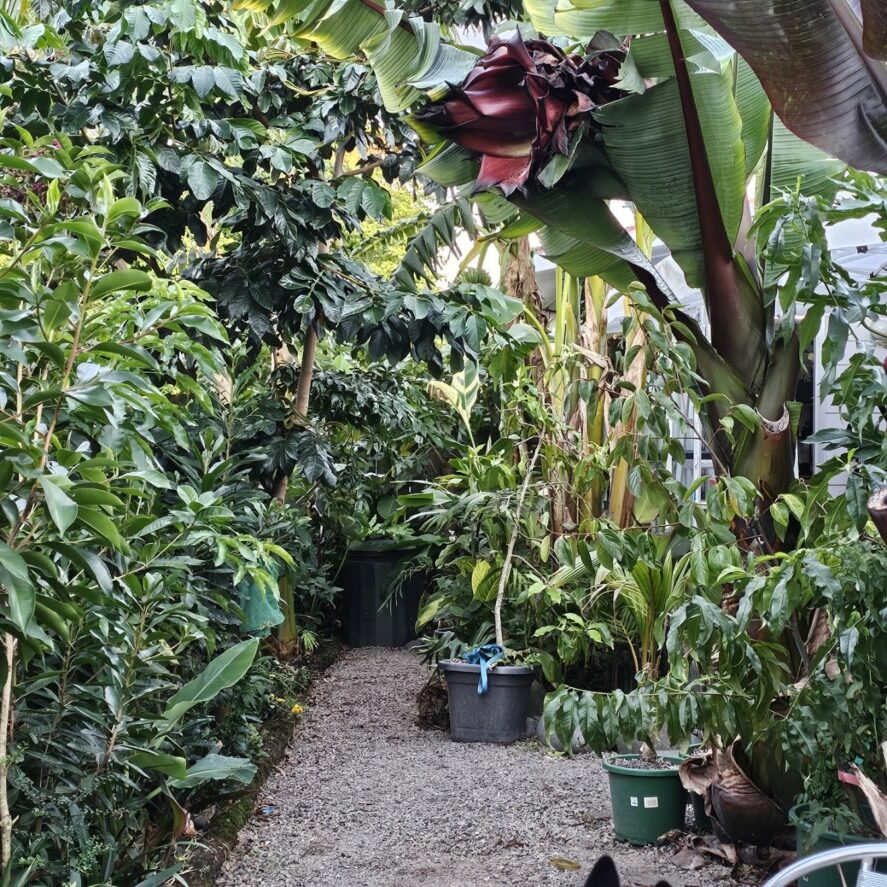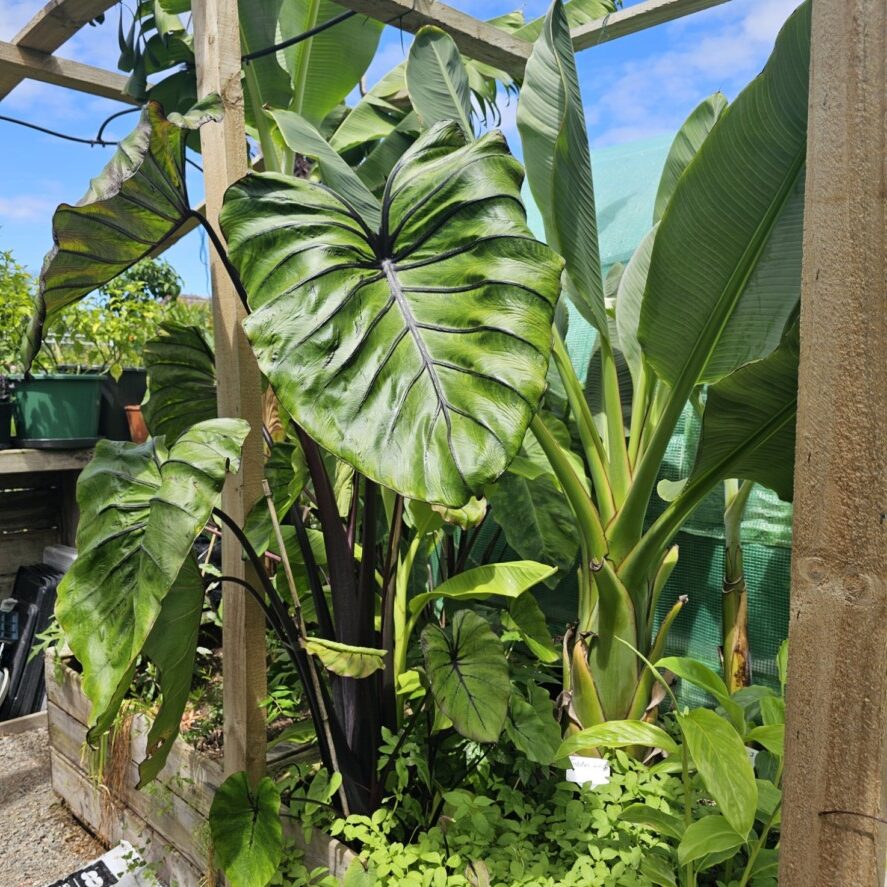Bird of Paradise 'Heliconia Subulata' – A Tall and Dramatic Garden Statement
Paradise awaits in your garden with the stunning Bird of Paradise ‘Heliconia Subulata’. This striking plant stands tall and demands attention, making it an exceptional choice for creating a bold landscape statement. Known for its vibrant foliage and unique flower structure, you can elevate your outdoor space while attracting pollinators. As you explore its care and aesthetic potential, you’ll discover how this dramatic beauty can transform your garden into a tropical oasis. Let’s explore the enchanting world of Heliconia Subulata and learn how it can enhance your gardening experience.
Botanical Description
Before venturing into the world of the Bird of Paradise ‘Heliconia Subulata’, it’s vital to understand its botanical foundation. This stunning plant, belonging to the Heliconiaceae family, is characterized by its unique, tropical appearance, featuring elongated leaves and vibrant inflorescences that create a dynamic focal point in your garden. It thrives in warm, humid climates, adding an exotic touch to any landscape design you envision.
Physical Characteristics
With its towering stems reaching up to 10 feet tall, the ‘Heliconia Subulata’ displays long, narrow leaves that can measure over 3 feet in length. Its bold, green foliage serves as a perfect backdrop for the eye-catching, red and yellow blooms that emerge throughout the growing season, captivating your guests and enriching your garden’s aesthetic.
Growth Habits and Size
Along with its impressive height, the ‘Heliconia Subulata’ grows in dense clumps and can spread around 2-4 feet wide, creating a dramatic presence in your garden. The plant thrives in well-draining soil and should be positioned in partial to full sun for optimal growth.
Also, its growth habit makes it an excellent choice for privacy screens or as a striking centerpiece in mixed plantings. As the plant fills out, its lush foliage not only enhances visual appeal but also provides shelter for beneficial wildlife in your garden. Regular watering and mulching will ensure that the ‘Heliconia Subulata’ remains healthy and continues to flourish in your landscape, truly making a statement.
Growing Requirements
Now that you’re interested in cultivating the stunning Bird of Paradise ‘Heliconia Subulata’, it’s important to understand its growing requirements. This magnificent plant thrives in tropical and subtropical climates, so you’ll want to mimic these conditions as closely as possible in your garden. Aim for a warm environment with well-draining soil that supports its robust growth. By ensuring the right conditions, you can enjoy the vibrant beauty of this dramatic statement plant in your outdoor space.
Soil and Light Conditions
Against a backdrop of rich, loamy soil, the Bird of Paradise flourishes best when provided with plenty of bright, indirect light. While it can tolerate some direct sun, too much can scorch the leaves, so finding the right balance is key. Aim for partial shade or filtered sunlight to keep your plant healthy and vibrant.
Water and Humidity Needs
Conditions for the Bird of Paradise require consistent moisture and humidity to truly thrive. It’s important to water your plant regularly, keeping the soil slightly moist but not waterlogged, as this can lead to root rot.
In fact, providing high humidity levels is imperative for the Bird of Paradise’s overall health. Ideally, you should maintain a humidity level of at least 60%, which may require regular misting or placing a humidifier nearby. Infusing moisture into the air not only encourages robust growth but also helps to enhance the plant’s vibrant foliage, making it a breathtaking centerpiece in your garden.
Cultivation and Care
Clearly, successfully growing your Heliconia Subulata requires understanding its specific cultivation needs. This exotic plant thrives in warm, humid climates and prefers rich, well-draining soil. Be sure to provide sufficient sunlight, ideally positioning it in a location where it can receive partial shade during the hottest part of the day. Regular watering is important to keep the soil consistently moist but not waterlogged, ensuring healthy growth and vibrant blooms in your garden.
Planting Techniques
Across your garden, strategically choosing the right spot for planting Heliconia Subulata can lead to stunning results. Ideally, select a location that offers partial shade to protect the plant from intense afternoon sun, and amend the soil with organic matter to enhance moisture retention. Dig a wide hole to accommodate the root ball and ensure good drainage, placing the plant at the same depth as it was in its original container. Water thoroughly after planting to encourage strong root establishment.
Maintenance Guidelines
About maintaining your Heliconia Subulata involves regular attention to water and fertilization. Aim to water your plant deeply once a week, or more frequently in hotter weather. Additionally, apply a balanced, slow-release fertilizer during the growing season to support lush foliage and vibrant blooms.
In addition to watering and fertilizing, you should keep an eye on the foliage for signs of pests or diseases. Occasionally, you may need to prune away any yellowing leaves to promote air circulation. Mulching around the base of the plant will help retain moisture and suppress weeds, allowing your Heliconia Subulata to thrive beautifully in your garden space.
Landscape Applications
To elevate your garden’s aesthetic, the Bird of Paradise ‘Heliconia Subulata’ serves as an impressive focal point. Its towering height and striking appearance make it ideal for creating dramatic visual contrasts in your landscape. Use them effectively to draw attention to specific areas in your garden, or plant them along pathways to enhance a tropical theme, ensuring vibrant color and texture throughout the seasons.
Garden Design Integration
For seamless integration into your garden design, consider incorporating the Bird of Paradise amidst diverse plantings. This unique species pairs beautifully with lush greens and other tropical varieties. Strategically position them to create layers and depth, allowing their bold foliage and exotic blooms to complement the surrounding landscape while maintaining overall harmony.
Companion Planting
Above all, choosing the right companion plants can maximize the beauty and health of your Bird of Paradise. Selecting plants with similar moisture and sunlight requirements will ensure they thrive together. Consider options such as ferns or ornamental grasses, which help create a dynamic look while supporting each other’s growth.
Applications include mixing ‘Heliconia Subulata’ with plants like cannas or tropical hibiscus, enhancing not just aesthetics but also local biodiversity. These pairings encourage beneficial insect activity while providing a rich tapestry of color and texture. Additionally, the contrasting forms and sizes of companion plants can help frame the tall, dramatic presence of the Bird of Paradise, making your garden a stunning retreat for both you and your guests.
Common Problems
Many gardeners encounter issues with the Bird of Paradise ‘Heliconia Subulata.’ These may include inadequate growth, leaf discoloration, and sensitivity to environmental conditions. Understanding these common problems can help you maintain a healthy and thriving plant, making it a stunning focal point in your garden.
Pests and Diseases
Around your Bird of Paradise, you should be vigilant for pests such as aphids and spider mites, as well as diseases like rust or root rot. Regular inspection and proper care can significantly reduce the risk of these threats.
Troubleshooting Tips
After identifying the issues affecting your plant, follow these troubleshooting tips to restore its health:
- Provide adequate sunlight and water.
- Ensure proper drainage in the soil.
- Inspect and treat for pests regularly.
Recognizing the signs of distress early on can save your plant from further decline.
Due to the unique needs of the Bird of Paradise, ensuring optimal conditions is vital for its growth. Pay attention to your plant’s environment and adjust as needed:
- Monitor humidity levels and maintain them between 50-60%.
- Fertilize regularly during the growing season.
- Prune dead or damaged leaves promptly.
Recognizing these requirements and addressing them can enhance your plant’s vigor and appearance.
Seasonal Considerations
For optimal growth and flowering of the Bird of Paradise ‘Heliconia Subulata’, it is crucial to consider seasonal changes. In warmer months, ensure your plant receives ample sunlight and moisture. As temperatures drop, your plant may need special care to withstand cooler conditions, particularly if you are in a region that experiences frost. You should also be aware of the varying nutritional needs throughout the seasons to keep your plant healthy and vibrant.
Blooming Patterns
Patterns of blooming for the Bird of Paradise are heavily influenced by temperature and moisture availability. Generally, you can expect to see stunning flower spikes emerge during the warmer season, particularly in late spring through summer. With proper care, your plant can continue to showcase these vibrant blooms, but be mindful that blooming may slow down in cooler months.
Winter Protection
With winter approaching, adequate protection becomes necessary to ensure the survival of your Bird of Paradise. These tropical plants are sensitive to frost and cold temperatures, so consider relocating your potted plant indoors or providing a winter cover if it’s planted outdoors. Additionally, ensure to reduce watering as the plant goes dormant.
Even if your Bird of Paradise can withstand brief cold snaps, prolonged exposure can be detrimental. To safeguard your plant, covering it with frost cloth or moving potted specimens into a greenhouse can make a positive difference. This protective approach will help maintain its health and vigor until spring returns, allowing for a splash of color in your garden once again.
Conclusion
Ultimately, incorporating the Bird of Paradise ‘Heliconia Subulata’ into your garden can create a striking focal point that elevates your outdoor space. Its tall, dramatic presence and vibrant foliage not only enhance the aesthetic appeal but also attract a variety of pollinators, enriching your garden’s ecosystem. By carefully considering its growing requirements and maintenance, you can enjoy this magnificent plant for years to come, making a statement that reflects your personal style and commitment to vibrant gardening.

